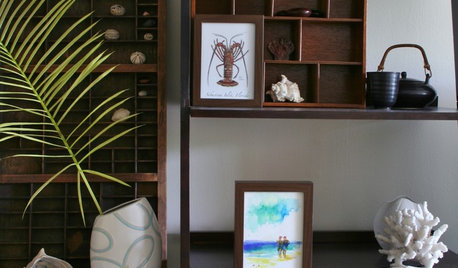Anthurium jenmanii.....what's going on with this one?
bigdopeywhiteboy
16 years ago
Related Stories

DECORATING GUIDES10 Ways to Give Your Hospitality a Tropical Touch
Treat guests to the resort treatment with blossoms, fruit and artwork that stir up an air of the exotic
Full Story
DECORATING GUIDESHouzz Call: Show Us Your Christmas Tablescape
Do you bring out the good silver, candles, berries and greens for your holiday table? If so, we'd like to see it
Full Story






philofan
exoticrainforest
Related Professionals
Oconomowoc Landscape Architects & Landscape Designers · Concord Landscape Contractors · Madera Landscape Contractors · Mashpee Landscape Contractors · Mequon Landscape Contractors · Shirley Landscape Contractors · Waltham Landscape Contractors · Burlington General Contractors · Artesia General Contractors · Aurora General Contractors · Plano General Contractors · Seal Beach General Contractors · Seguin General Contractors · Sheboygan General Contractors · Annapolis Siding & Exteriorsphilofan
balberth
exoticrainforest
araceaelover
exoticrainforest
exoticrainforest
harduki_dcf
Steve_ExoticRainforest_com
bihai
exoticrainforest
exoticrainforest
chris_e_uk
exoticrainforest
bihai
exoticrainforest
lariann
exoticrainforest
exoticrainforest
enigo
exoticrainforest
bihai
exoticrainforest
exoticrainforest
bihai
chris_e_uk
exoticrainforest
philofan
exoticrainforest
mouth_piece83_yahoo_co_id